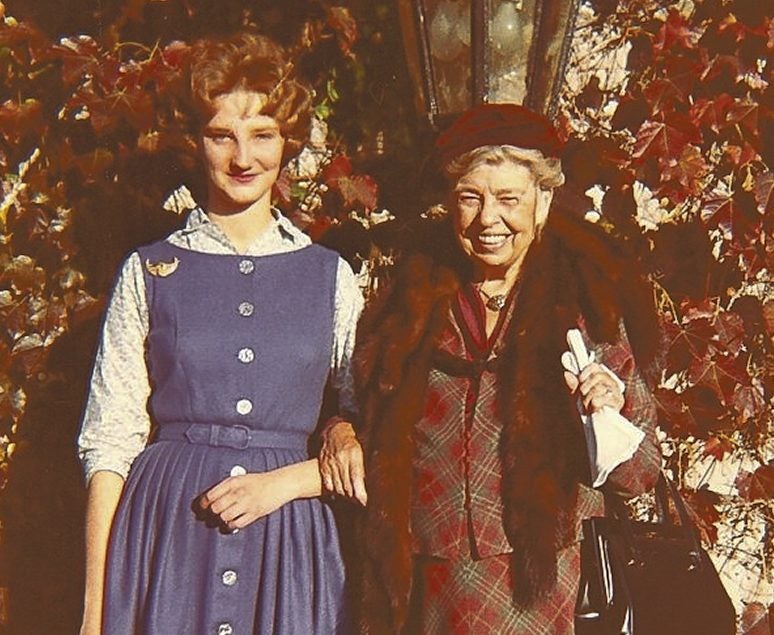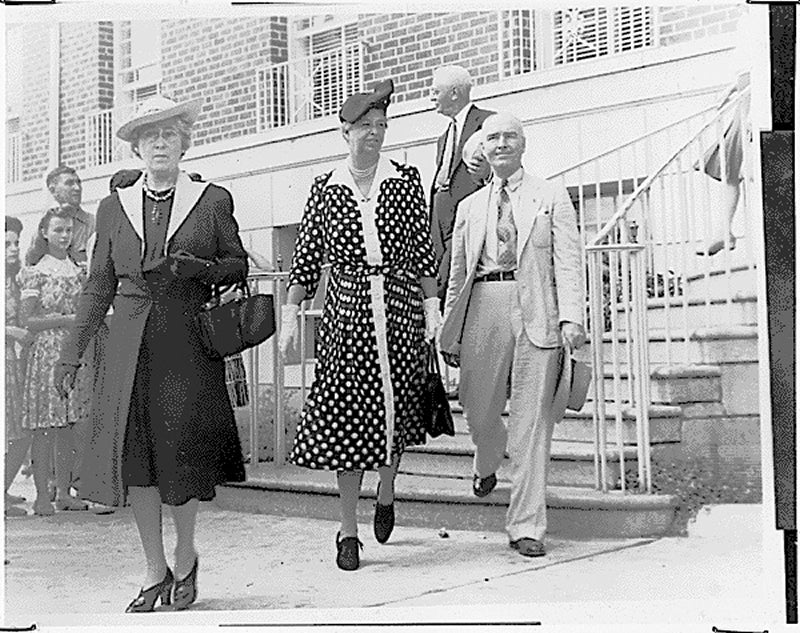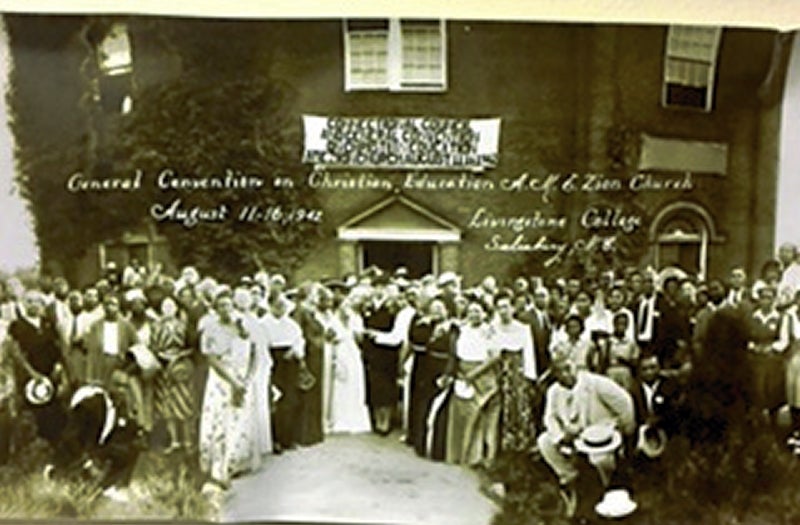College programs commemorate Eleanor Roosevelt’s 1942 visit to Salisbury
Published 12:26 am Sunday, February 5, 2017
By Gary Freeze
Special to the Salisbury Post
In the summer of 1942, Eleanor Roosevelt, the first lady of the United States, came to Salisbury to spread the word that “equal opportunity” was a value that Americans had to share, once the Second World War was won. Seventy-five years later, Nina Roosevelt Gibson, a favorite granddaughter, is returning to the area to commemorate that visit. She will also participate in a series of programs at Catawba College designed to remind Piedmont residents that the same arguments and the same issues are still facing Americans.
Mrs. Gibson grew up at Val-Kill near the Roosevelt family estate at Hyde Park, N.Y. She lived next door to her grandmother, who moved into a cottage after the death of President Franklin D. Roosevelt in 1945. “She was the best person and the most important person in my life, especially when I was young,” she has noted in interviews. The granddaughter was a favorite companion on some of the important trips that Mrs. Roosevelt took in the postwar period, particularly one to the Middle East. On such junkets she learned that, for her grandmother, “other people” were “the priority,” and she has attempted to continue that legacy. She has been noted for her success, in part, for her “down to earth” manner and her manifestation of the family trait of “speaking from the heart.”
As one of Rowan’s local historians, I have researched the Eleanor Roosevelt visit. Both the text and the context of the event have historic import. This was the most significant trip that the first lady made that summer to promote the promise of the New Deal. She came to Livingstone College to encourage African- Americans from across the nation to continue the struggle for inclusion in the American dream. And, she went to Kannapolis to see how that message could have impact on workers in American factories.
She and her husband were very popular in the area. Significant majorities of voters in Rowan and Cabarrus counties had voted for Franklin D. Roosevelt in the elections of 1932, 1936, and 1940. Even Davie County, long a bastion of the Republican Party, went for Roosevelt in 1940.
Mrs. Roosevelt was in Salisbury on Thursday and Friday, August 12 and 13, 1942, to speak on “freedoms for which we struggle,” according to the Salisbury Post. She spent “a busy day” at Livingstone College at a General School Convention sponsored by the bishops of the AME Zion Church. More than 1,500 people from the majority of the 48 states attended, including what a local reporter described as a “Gandhi-like pacifist.” Representatives of some of the largest African-American newspapers, including the influential Pittsburgh Courier, were present. So was an editor of The Christian Century, one of the most influential voices of mainstream Protestantism in that era.
An absent “guest” was the president himself. Franklin D. Roosevelt sent a telegram reminding everyone that “these are times when great evil is abroad, when free men all of colors and all creeds must stand together.”
Mrs. Roosevelt’s theme throughout were the Four Freedoms, goals enunciated by her husband in the 1941 State of the Union address, that people “everywhere in the world” should have freedom of speech and religion and enjoy freedom from want and fear.
Some highlights of her Thursday night address were:
- “If we are to win the war, each man fighting must feel like he has a stake in the fight.”
- “The stake we all have . . . can be the only foundation for a just peace.”
- “If we lose, we go back to the chains and darkness” of tyranny.
- “All citizens must understand each other and cooperate and help each other.”
- “Democracy requires the service of all its citizens.”
- These elements of citizenship are “the stake we have in America.”
A Salisbury resident found her message charismatic. “Her speaking voice is soft and very gentle — yet in it is conviction. As she talks she smiles, not a professional smile, but a real one,” it was reported, especially when the first lady referenced gender issues, particularly the problems of childcare for working women.
The delegates to the convention responded to her visit by asserting that “Democracy believes in equality of men, the equality of justice, the equality of opportunity, and the human betterment of all” throughout the world.
Also present was Dr. Mary McLeod Bethune, a Civil Rights pioneer and the most prominent official with the New Deal’s Negro National Youth program. “The big fight now is the struggle to participate in the American life,” she noted in her address. North Carolina Gov. Melville Broughton was also a speaker at the event, and Ms. Bethune made a point to thank him for his efforts at advancing racial fairness in the state.
Mrs. Roosevelt had lunch with leaders of local women’s organizations, held a seminar at Price High School, and stood on the steps of the old courthouse with the mayor to watch a parade organized by area black American Legion chapters. At the panel, where disparities in income among minority groups were discussed, she emphasized that “man must have equal opportunity to get any job he is capable of filling.” She lamented the general lowering of national prosperity built into the segregated approach to education and hiring.
On Friday she asked to be taken to Kannapolis to visit the paternalistic facilities provided by Cannon Mills to its thousands of textile hands, most notably the combined YMCA and YWCA in Mary Ella Hall, next to the corporate headquarters. She both praised the breadth of social welfare services and questioned the lack of unionization in the regional towel maker. Charles Cannon’s explanation was his workers had no need of federally-sanctioned labor negotiations, given the housing, schooling and other community provisions he paid for.
This was the second of two prominent trips Mrs. Roosevelt made to North Carolina during the warm months of 1942. She was also present for the summer institute sponsored by the International Student Service organization in Asheville. While in the mountains she visited a hooked rug facility run by an agricultural cooperative. These were, actually, the most important trips she took outside of her duties in New York and Washington during the first full year of the war. She would return to the state with prominent visits to Greensboro in 1945 and Chapel Hill in 1950.
By the way, she reported in her national newspaper column that Salisbury had “some beautiful old houses,” and “the trees are very fine,” proof, perhaps, of the old adage that “the more it changes, the more it stays the same.”




